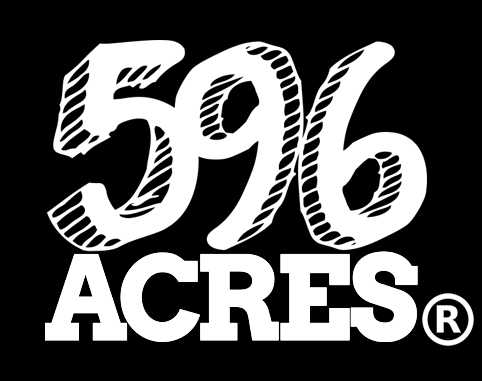596 Acres is New York City’s community land access advocacy organization. We help residents all over the city see possibilities behind the fences on their blocks and get permission to access new spaces in their neighborhoods. These become gardens, pocket parks, farms, and playgrounds. Often, we help community members realize the potential of a previously existing resource that has become disconnected from the city agency mechanism that maintained it for past generations. We are looking forward to partnering with the incoming administration to decrease the information gap, amplify community power, and create common neighborhood spaces for all New Yorkers. The following four changes would greatly improve the vitality of our city.
1. Transparency and access to public information about public land. Make information about public land transparent and available through signage on publicly owned lots. Signs should announce that the land is publicly owned and suggest ways that neighbors can get access to it. Announce programs like Gardens for Healthy Communities and the DOT Plaza program directly on the affected locations and to people who walk by those places. If the city administration makes information about publicly owned land more accessible, 596 Acres can focus on helping local communities organize and build sustainable local governance for managing projects going forward.
2. Support greening. GreenThumb gets no funding from New York City — it’s time to change that. GreenThumb provides materials and support for gardens on public and private land. They provide a long-established process for community groups to open fences in their neighborhoods and put public land to use. One of the things that I find myself doing often at 596 Acres is telling community members not to give up on their communication with GreenThumb — they are swamped. City funding would increase capacity of this crucial program that serves the needs of all New Yorkers who want to create community controlled spaces..
3. Reward cooperation. Incentivize community access to privately-owned vacant land through a new tax abatement program, based on the not-for-profit property tax abatement.This program will reward owners who work with their lots’ community and neighbors to convert an underutilized, fenced off lot into a resource, like a temporary park, farm, or open space! A tax incentive will encourage more private owners of the holes in our city to opt into cooperation with their neighbors.
4. Include neighborhood voices. Enable greater public participation by requiring developers to put up signs on sites where development is PROPOSED or where land use review is imminent, in advance of the public participation period. Signs should clearly indicate that input from local communities is invited and indicate how it will be accepted. Signs should be placed every 15 feet and include before and after photos.






